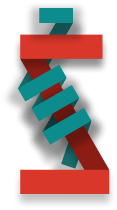SupremePunk #019
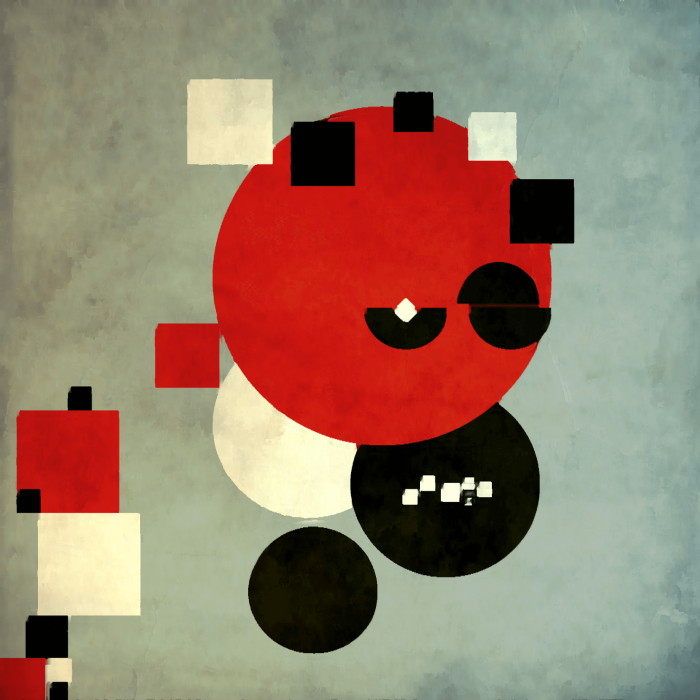
Poison
This Punk is inspired by CryptoPunk #4553 and artworks of Kliun. Punk is a reflection of the heroism of Russian troops during the so-called «Attack of the Dead Men». The Attack of the Dead Men was a battle of World War I that took place at Osowiec Fortress (now northeast Poland), on August 6, 1915. The incident got its name from the bloodied, zombie-like appearance of the Russian combatants after they were bombarded with a mixture of poison gases, chlorine and bromine, by the Germans.
This attack is one of the most impressive pages in the history of the Russian army. Despite the numerous superiority, the Germans could not cope with the dying Russian soldiers after the chemical attack. The Punk's body is dedicated to the incredible spirit of Russian soldiers, it seems to float above the ground, showing that it was not the physical body and the ability to fight that helped them win, but the resilient spirit and incredible love for their homeland.
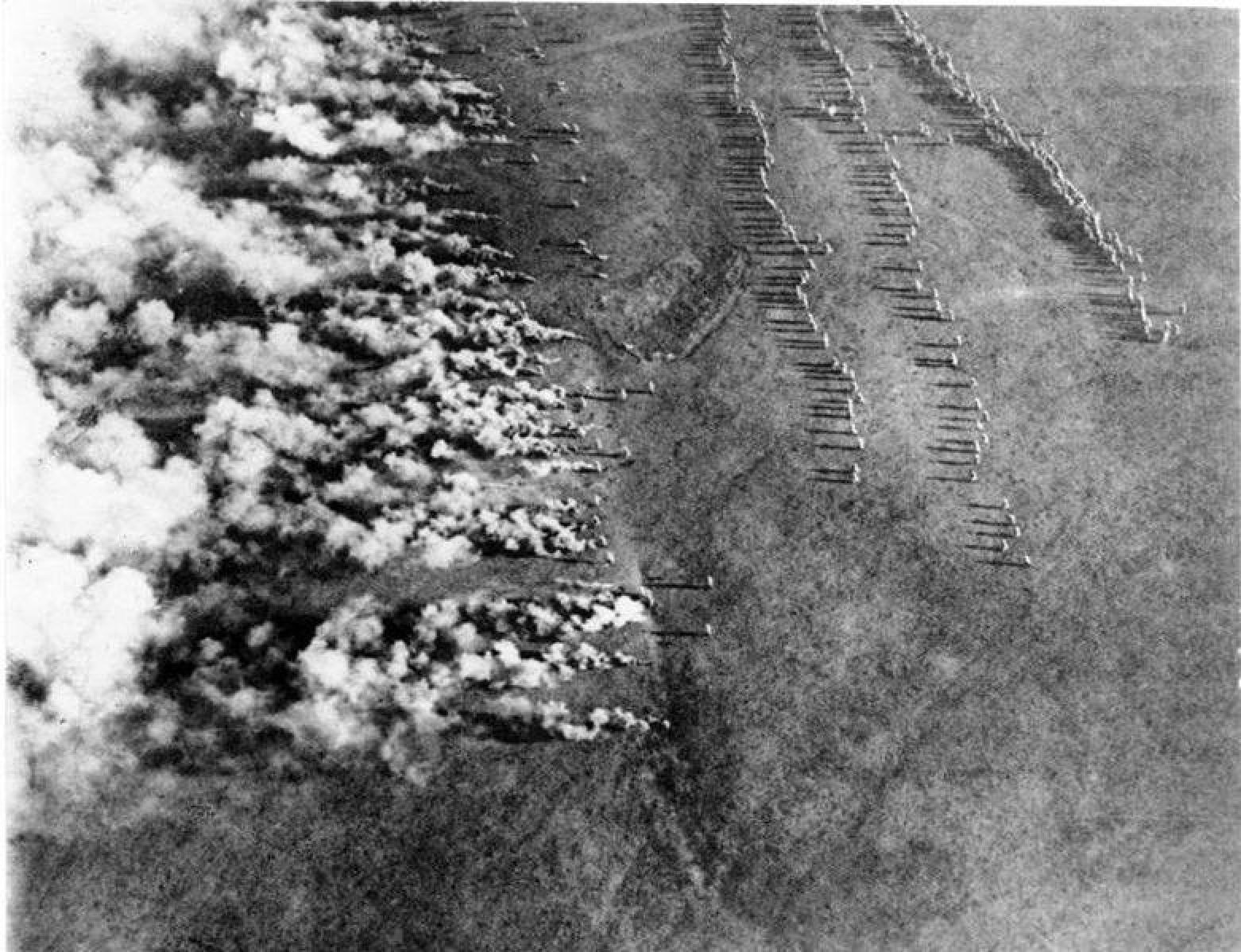
The start of the German gas attack on the Eastern Front. Photograph from a Russian reconnaissance aircraft, 1916.
World War I became a testing ground for the use of numerous poisonous substances. Germany began to use them: the chemical attack on the Western Front near Ypres became widely known. The Eastern Front was no exception. The first gas attack against the Russian army was carried out by the Germans on May 31, 1915. Formally chemical weapons were forbidden for usage, so the Allied armies were unprepared to defend themselves against poisonous substances. The Zelinsky-Kummant gas mask had not been widely introduced yet. Therefore Russian soldiers saved themselves in any way they could. Most often it was just rags soaked in water.
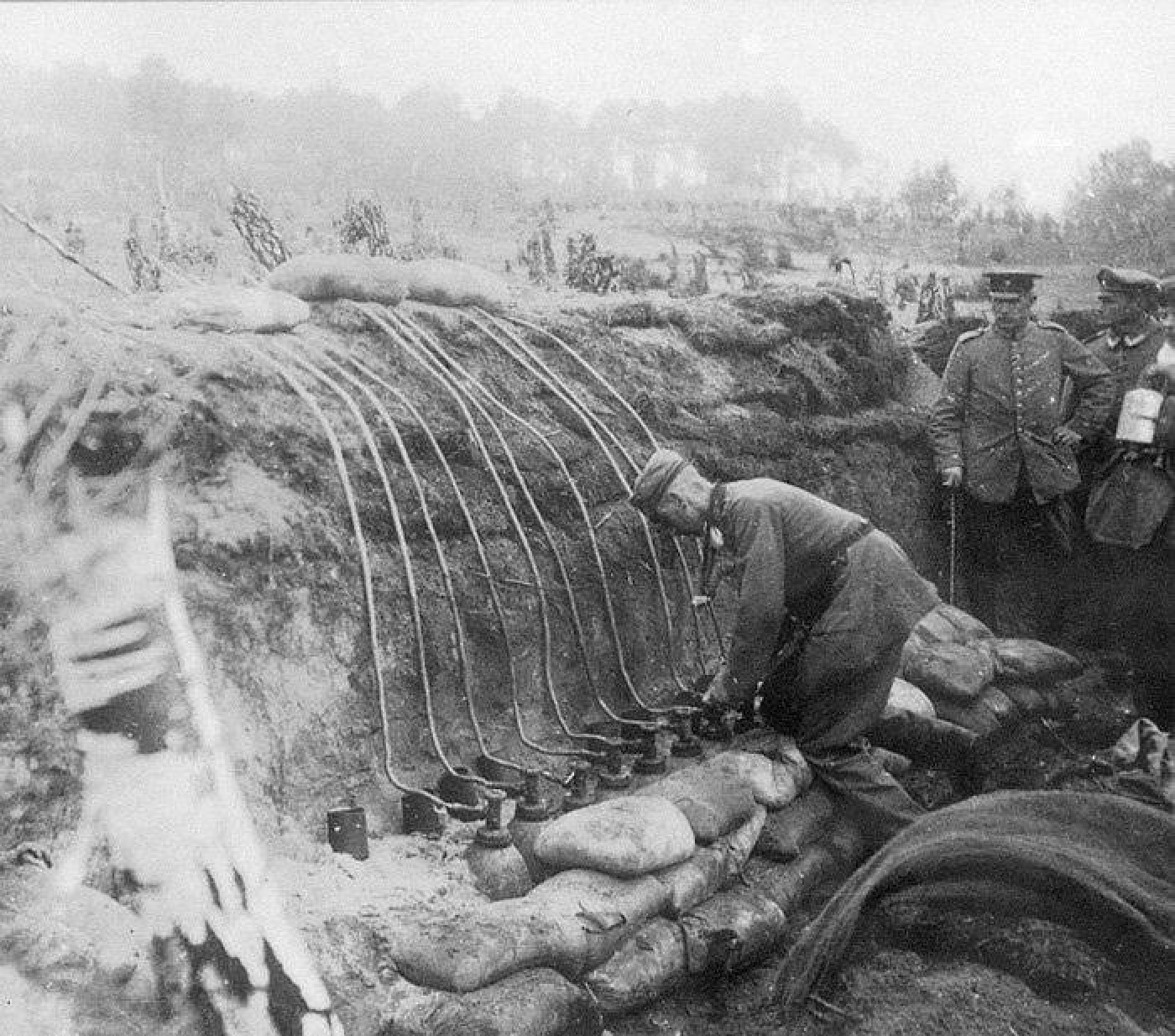
The start of the German gas attack on the Eastern Front. Photograph from a Russian reconnaissance aircraft, 1916.
That is why the German attack of 30 gas batteries in combination with the bombardment of the fortress with shells with chloropicrin in the morning of August 6, 1915 was crushing for the defenders of Osovets. At the same time the General Staff gave the order to hold out for two days. The fortress was of great strategic importance at that moment, it was impossible to bypass it. The German army had more than one attempt to storm the fortress, but they all ended up in failure. In July 1915, the installation of gas batteries of several thousand cylinders with chlorine began. A dark green cloud, released at dawn, destroyed all vegetation before their eyes. Later, researchers wrote that the gas penetrated 20 kilometers into the depths, preserving its striking effect up to 12 meters. The defenders had no chance of escaping. The white elements of the Punk refer to the gas used to kill which was in the form of white vapors.
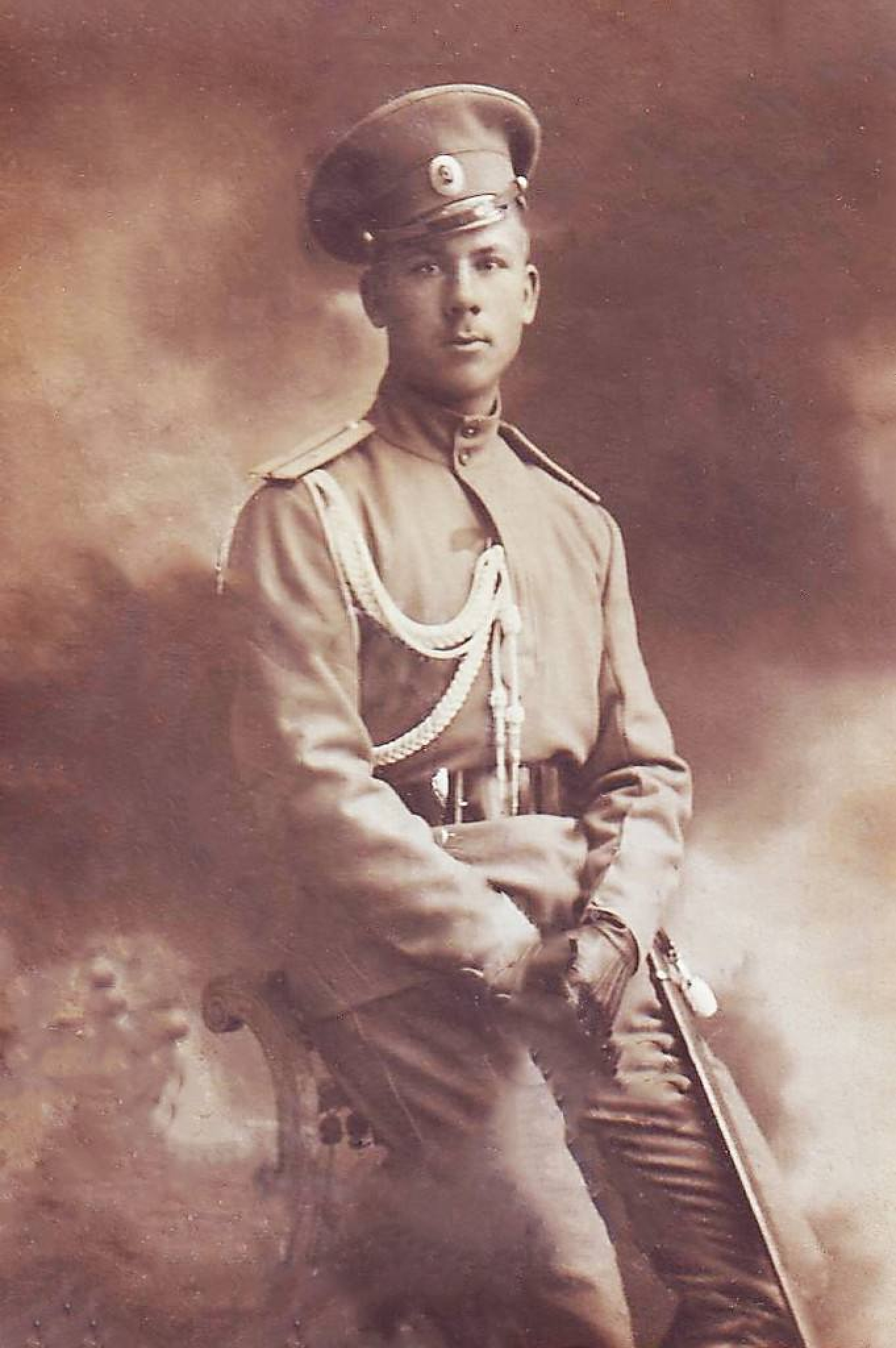
Lieutenant Vladimir Karpovich Kotlinsky, commandant of the Osowiec fortress during the attack
More than 1,600 people were knocked out at once, all severely poisoned without exception. The gas attack was followed by an artillery attack, using poisoned shells. After that, the German infantry - about 7000 soldiers - advanced to storm the fortress. They expected to take the deserted fortress without the slightest resistance. When the Germans saw the counter attackers, the horror of the sight exceeded their strength. The Russians looked like the dead rising from their graves. Faces wrapped in rags, bodies mutilated by burns, shuddering with horrible coughing, which literally blew out pieces of flesh and blood. The counterattack met no resistance: the German infantry rushed back in panic, driven by the remnants of Russian artillery. Lieutenant Kotlinsky, who tried his best to encourage his soldiers and meet the Germans, was mortally wounded. The assault was repulsed before noon. The red elements refer to the blood on the faces and bodies of the warriors going into the battle, while the black elements refer to the inevitability of death after the battle.
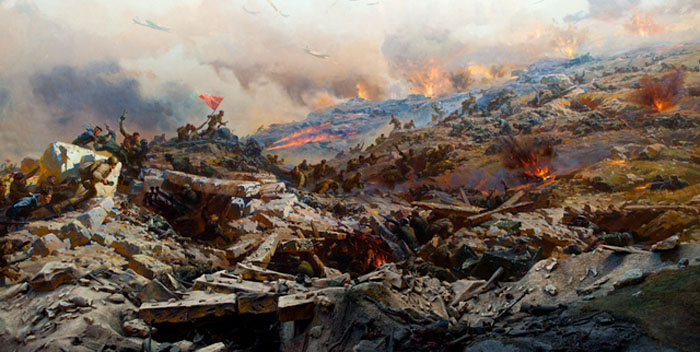
P. T. Maltsev — Assault on Sapun Mountain May 7, 1944, 1958
The irregular shape of the eyes (as well as the absence of one of the pupils) and the mouth (in particular the teeth) show the terrible gas damage, but at the same time in these eyes one can read the aggression and confidence with which the Russians went to attack despite their wounds. On the left we can see a structure that represents the exact fortress that the Russians were defending. Its color scheme shows the cost of its defense - the irreversible horrors of the gas attack, the blood and inevitable death.

Buy

Gallery:
CryptoPunk #4553 that has been taken as a base

Your transaction is in progress

You have connected to the wrong network

Transaction is successful!

